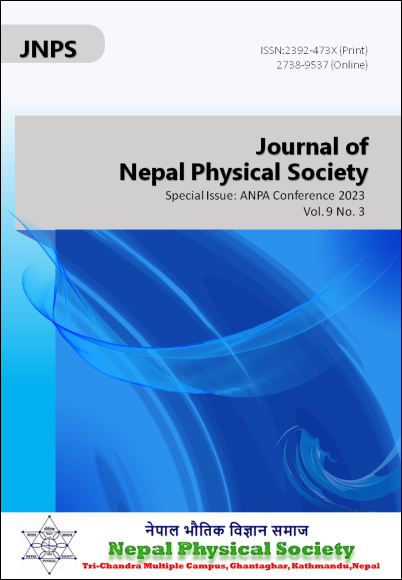Influence of Precursor Type on Activated Carbon Prepared by Phosphoric Acid-Chemical Activation for Supercapacitor Applications
DOI:
https://doi.org/10.3126/jnphyssoc.v9i3.62452Keywords:
AC, Energy, Storage, Super CapacitorAbstract
Phosphoric acid can be used to activate different precursors and produce activated carbon (AC), a porous material with high adsorption capacity and surface area. This research shows how AC is made using different locally available precursors, namely amla seeds and harro seeds. We compare how the carbonization temperature and the precursor type affect the surface area, pore structure, and electrochemical properties of the AC. We use different methods to analyze the AC samples, such as scanning electron microscopy, surface area, methylene blue number, iodine number, and cyclic voltammetry. We show that the best conditions for making AC depend on the type of precursor and the activation temperature.
Downloads
Downloads
Published
How to Cite
Issue
Section
License
All right reserved. No part of this Journal may be reproduced in any form or by any electronic or mechanical means, including information storage and retrieval system, without permission in writing from the publisher, except by a reviewer who may quote brief passage in a review. The views and interpretation in this journal are those of author(s) and they are not attributable to the NPS.




